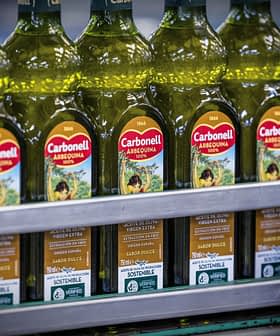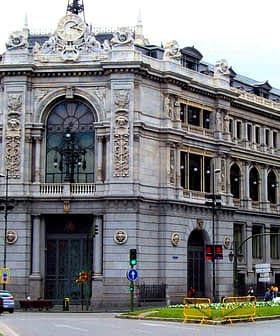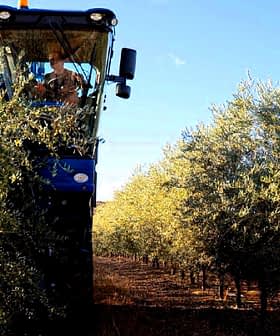Spain, the world’s leading manufacturer of olive oil, isn’t the only country experiencing the hardship of persistent drought conditions. Here in the U.S., California is also facing the threat of decreased olive oil production and increased consumer prices as a result of prolonged and severe dry spells.
Spanish news reports say the southwest regions of Valencia and Alicante are the worst affected, with rainfall off normal averages by as much as 50 percent. Meteorologists blame climate change and are predicting a bleak outlook for drought conditions including unpredictable and intense dry spells in the future, according to a 2013 study by the Spanish National Resource Council (CSIC), which reports “the period from 1945 to 2005 found the country’s droughts were becoming more intense and more regular.” Lamine Lahouasnia, head of packaged food at Euromonitor International admits: “If the drought does end up adversely affecting Spanish yields, it is very likely that we’ll see rising consumer prices in 2014.”
California is a fast-growing producing region for olive oil due to a climate comparable to that of the Mediterranean, however more than 95 percent of the olive oil Americans consume is still imported. The National Agricultural Statistics Service recently estimated a 45 percent decrease in olive oil production this year as a result of the drought.
The last widespread European drought in 2012/13 elevated US imported olive oil prices by 8 percent.
Still some US farmers remain optimistic. Since olive trees withstand heat far better than other leading national crops (such as almond trees) the drought presents an opportunity for the olive crop market in the US.
Most agree a threat exists for higher prices due to sharply decreased olive oil production in the US and Spain but Yago Cruz, chief executive of Spanish bulk oil supplier Cruzoliva, said the problem was compounded by traders “trying to capitalize on the uncertainty caused by the drought by making bets in the futures market.”








